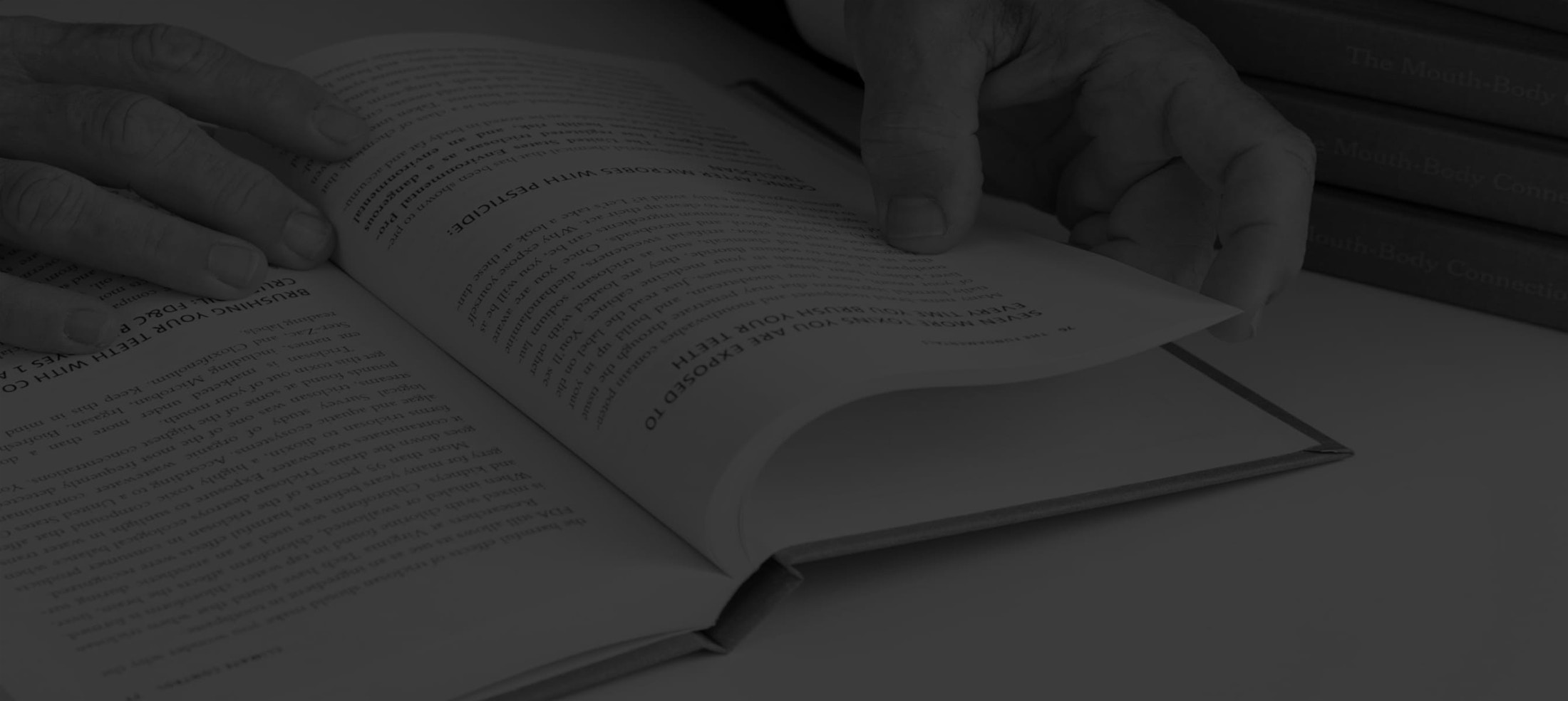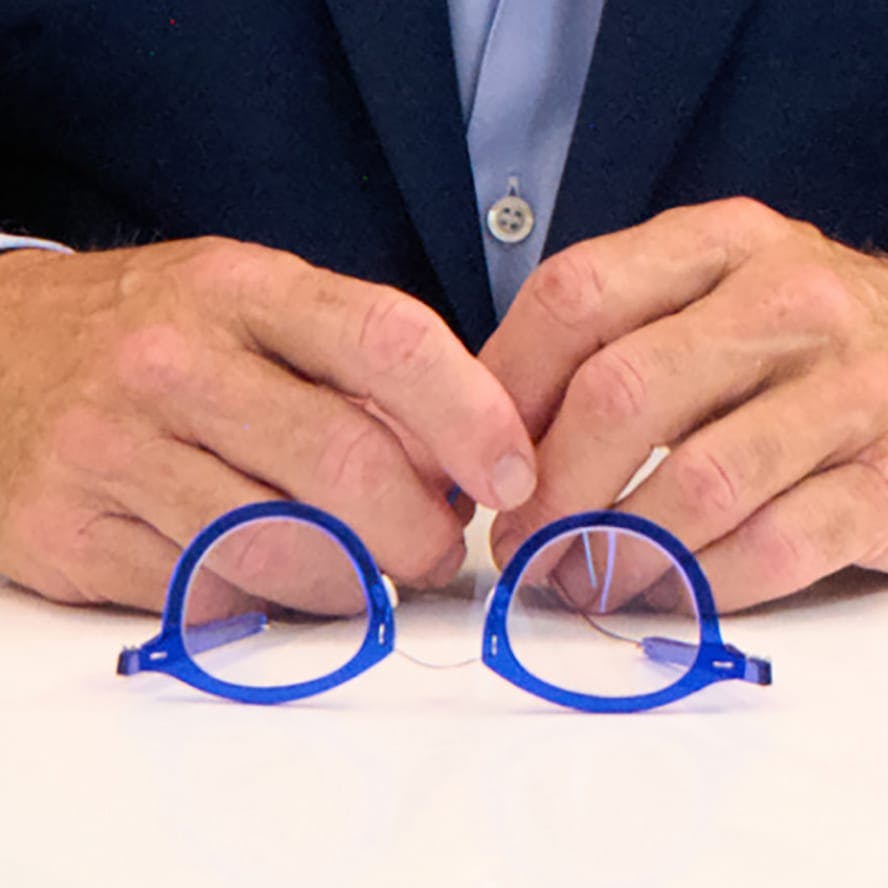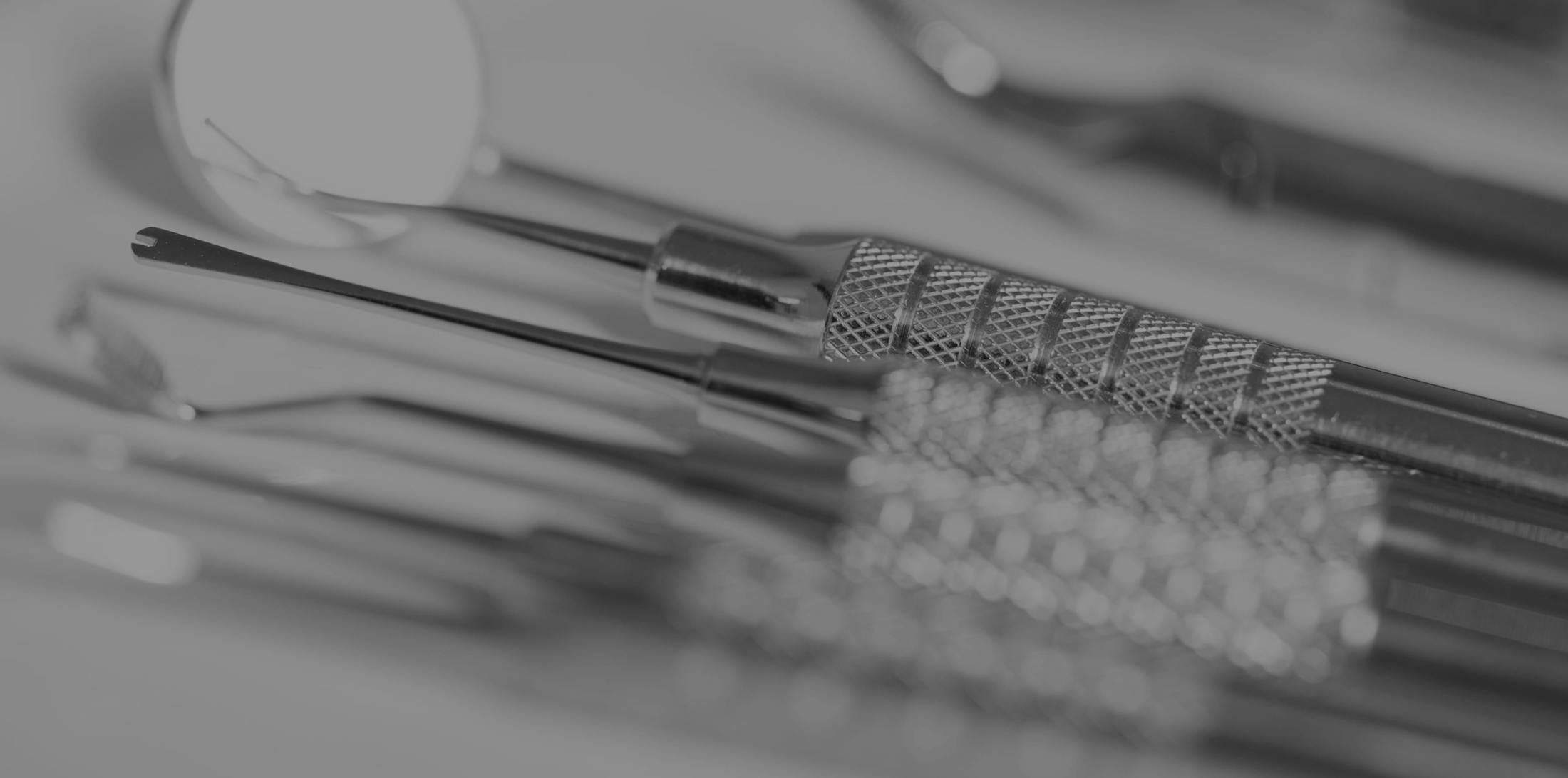1. DNA Oral Appliance
The American Academy of Sleep Medicine (AASM) supports oral appliances as an effective therapy for sleep apnea disorders. However, most of these appliances do not address the root cause of OSA; they simply reposition the airway during sleep.
But the Daytime Nighttime Appliance (DNA) is different from other oral appliances. It’s an FDA-regulated method of treating and even curing OSA and related airway health issues.
Because it focuses on whole-person health, the DNA is one of the only effective “holistic” treatments for sleep apnea. Bonus: It can even improve the appearance of your smile!
Although a DNA is similar in appearance to a retainer, it is not like standard oral appliances, used to reposition the tongue and lower the jaw overnight. The device addresses the root cause by stimulating ongoing arch redevelopment and activating stem cells for bone growth.
In other words, the DNA helps to reshape the area where your tongue sits during the night, preventing the tongue from blocking your airway.
2. APAP or CPAP for Sleep Apnea
These therapies focus on providing some degree of airway pressure during sleep.
If prescribed, the machine type will be determined based on your AHI scores and severity of airway obstruction. Both machines require the patient to wear a facial mask connected to a pump device.
Fortunately, most insurance plans cover these therapies as treatment for sleep apnea.
The primary difference between the machines is that they apply air pressure differently:
- CPAP (continuous positive airway pressure) uses consistent pressure the entire time the user is sleeping.
- APAP (automatic positive airway pressure) is calibrated to adjust air pressure depending on what you need at any given time through the night.
Both machines are considered to increase the quality of life for both the patient and their bed partner. However, there is debate as to whether long-term use of CPAP treatment, in particular, leads to reduced muscle strength in the throat.
Like most other sleep apnea treatments, CPAP or APAP treat the root cause of disordered sleep breathing, typically that the mouth does not have the right amount of space for the tongue.
3. BiPAP Therapy
BiPAP, or bilevel positive airway pressure, works very much like CPAP, with one exception. BiPAP machines have two pressures: standard inhalation pressure level and lower exhalation pressure level.
CPAP has been reported to give the users trouble breathing out at higher pressure levels. BiPAP machines are preferred for patients with more severe cases of sleep apnea because of the options in air pressure.
4. Medications
One cause of obstructive sleep apnea is nasal congestion from allergies. If this is a persistent problem in your life, it’s essential to consult with your doctor about a decongestant or other allergy medication.
If it’s determined your OSA occurs due to opioid use, talk to your doctor about stopping this medication in favor of another non-opioid option.
While allergy meds can help decrease nasal congestion and lessen apnea events, sleep medicines can have a negative effect. They often relax the soft tissues in the back of your throat and can worsen sleep apnea symptoms.
Instead, consider home remedies for allergies as a first resort.
5. Surgery
There are rare cases where surgery is the best course of action for OSA or CSA. Examples of those procedures include:
- Uvulopalatopharyngoplasty (UPPP): the removal and/or repositions excess soft tissue in the back of your throat. This is the most common surgery for sleep apnea.
- Genioglossus advancement: moves the bone in the lower jaw further from your throat, opening the airway.
- Maxillomandibular osteotomy: highly invasive surgery where your jaw is cut into and shifted forward, giving your airway more breathing room.
- Midline glossectomy: removal of part of the back of your tongue.
- Palatal implants: small rods are placed into your soft palate to prevent airway blockage.
- Radiofrequency volumetric tissue reduction: cauterization shrinks the tissues of the throat, soft palate, tonsils, and/or tongue.
- Septoplasty: adjustment of a deviated septum. This is an effective treatment option if your sleep apnea is caused by a deviated septum. (Some doctors claim this is never the cause of OSA.)
- Tracheostomy: surgeon inserts a hollow breathing tube into your windpipe that can be plugged during the day for normal breathing and speaking.
Lifestyle Changes
Some simple lifestyle changes can improve your issues with sleep apnea. Some of these can help manage symptoms, while others may get rid of the underlying cause:
- Weight loss
- Not sleeping on your back (side sleeping is best)
- Quit smoking
- Decrease alcohol consumption
- Use a humidifier
- Decrease opioid use (the leading cause of CSA)






